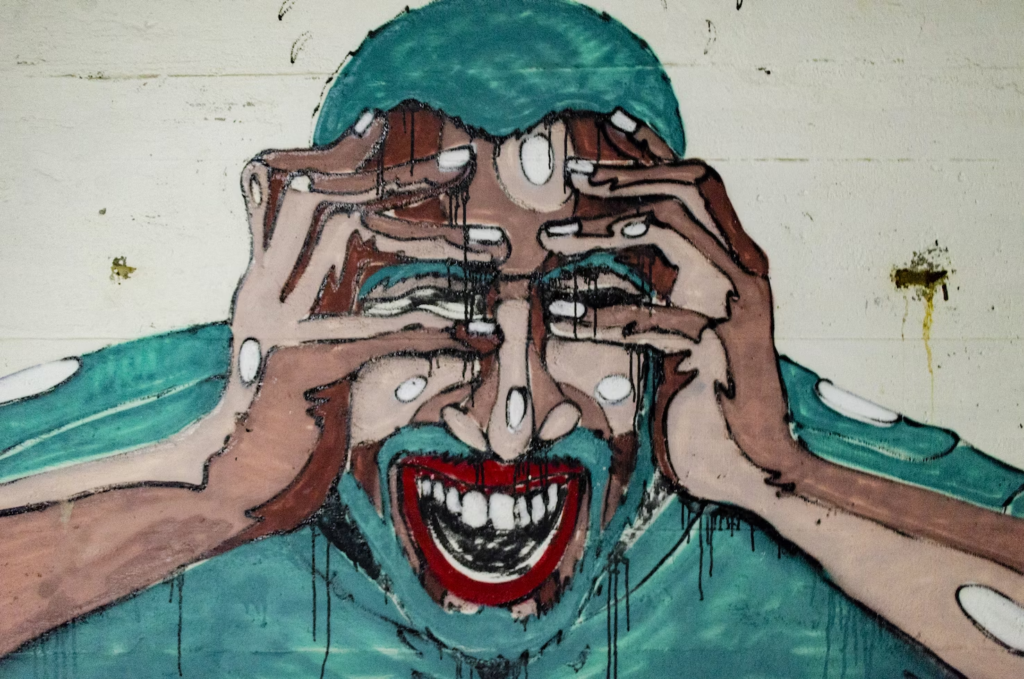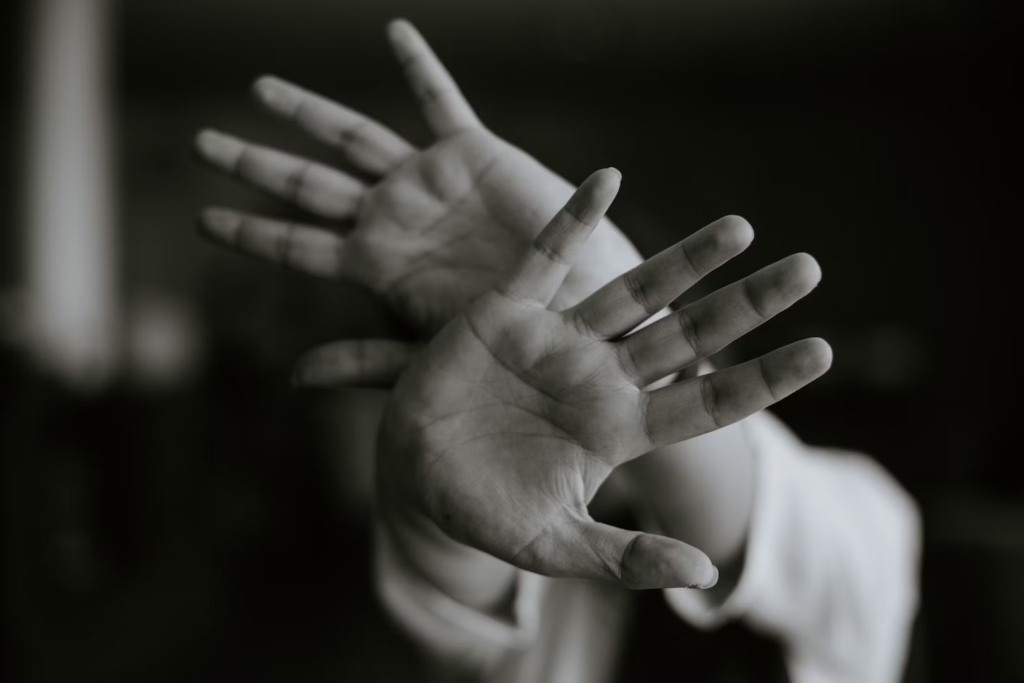If a group of randomly picked individuals are asked the question, what hurts the most: a dozen paper cuts or a clean cut wound, the ones who have experienced the excruciating and long lingering pain of a paper cut would pick the former option, unhesitantly. Replace paper cuts with micro-aggressions, clean-cut wounds with overt discrimination and change the context of the scenario into a workplace. While both instances are intolerable, microaggressions are silent killers and more harmful than one perceives them to be.
For instance, put yourself in the shoes of a woman of colour. She is versatile, dedicated, and driven and plays a major role as a high-performing executive who propels the growth of the company. However, she is frequently made to feel like her input does not matter and her ideas are attributed to her male, white counterparts during important and decisive meetings. At face value, this may appear to be a modest mistake or an ignorance of sorts. But if you really take your time and sit with the issue at hand, you will realise that it is a microaggression that abets an ideology that champions the men in the workplace as more valuable or competent, while at the same time belittling the one at the receiving end.
All things macro about microaggressions
Microaggressions are defined as actions, statements, or incidents that may not be spelt out overtly but are perceived as discriminatory by members of marginalised groups, such as racial or ethnic minorities. They can be subtle and indirect forms of bias or prejudice. This can also at times include passive-aggressive behaviour. This refers to a pattern where individuals express negative feelings indirectly rather than openly addressing them. There is often a noticeable discrepancy between what a person says and what they do when exhibiting passive-aggressive behaviour. This sort of behaviour has the tendency to manifest itself in various ways, creating a sense of frustration and confusion in interpersonal interactions.
Microaggressions are exhausting, to say the least. Being wedged between the constant emotional pressure of dealing with discriminatory comments on a daily basis can take away years from someone’s life. It can affect job satisfaction and feelings of belonging.

Microaggressions come in different shapes and sizes; they can either be microassaults (conscious and intentional acts of discrimination), micro-insults (all types of communication that subtly convey rudeness and insensitivity that makes marginalised groups feel less about themselves) or microinvalidations (brushing off experiences or feelings of an individual from a marginalised group). All of these together can create a stale working environment that oppresses diversity and inclusion efforts, ultimately affecting the overall well-being and success of the organisation.
A study conducted in 2023 by Diversity for Social Impact found that a significant number of employees in various countries, including the United States, the United Kingdom, Australia, Canada, and several European nations, have encountered microaggressions in their workplaces. As per the data, 60% of employees in these regions were reported to be experiencing microaggressions. The same report revealed that even across the G7 nations such as Singapore, Japan and Hong Kong, there were more than 57% of respondents who were victims of at least one type of microaggression within the past year. These numbers tell us a story and that is that the widespread nature of microaggressions and their prevalence in workplaces around the world is steadily increasing and it highlights the need for addressing and combating these issues on a global scale.

A recent event that can be quoted as a fine example of the consequences of failing to address toxic workplace cultures is that of Tesla. The company is facing a lawsuit from the California Department of Fair Employment, where they are being held guilty of discrimination and racism against its Black employees. Turning your back on these issues will damage a company’s reputation and lead to a loss of valuable talent, which will be a double blow of sorts. Furthermore, high employee turnover can harm the company’s financial performance. In today’s competitive talent market, it’s crucial to not only tackle microaggressions but also to find solutions to control the damage that has been already done by subtle discrimination.
How can microaggression be tackled?
Harvard Business Review believes that it can be addressed through microvalidations. Similar to how there is nothing micro about microaggressions, microvalidations, if done right, can go a long way as well. However, the intensity of it should surpass that of the bad guy if the effect is to be felt and retained.
Generally, there is a dearth of positive interactions in workplaces in comparison to microaggressions and other forms of discrimination. And this is felt manifold by people from marginalised groups. So much so there is a separate issue called racial microaggressions. Research points out how from the early stages of education itself, black and brown children often experience fewer compliments and more disciplinary actions compared to their white counterparts. This carries over to other levels of education and continues to be a major problem even in workplaces. Studies reveal that higher ranks in companies are willing to acknowledge the potential of employees who identify as a part of the majority group but are hesitant when it comes to handing out the same treatment to individuals from historically underrepresented groups. Therefore small but positive acts make a huge difference.
Microvalidations are as subtle as microaggressions are, however, they are powerful affirmative actions and language that express support, encouragement, and belief in a person’s capabilities. These actions do not have to be grand or over the top, they can be as simple as acknowledging and validating someone’s experience of a microaggression or providing positive and sincere feedback and compliments. Therefore, it is vital that all forms of microaggression are replaced by microvalidations. Not only will these affirmations act as an antidote to microaggressions, but they will also help the employees become more resilient, unlock their potential and become more engaged and satisfied in their work.
(Sandunlekha Ekanayake)
